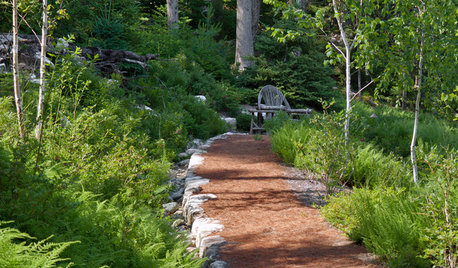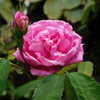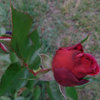Weeds: the worst and the not so bad
melissa_thefarm
12 years ago
Related Stories

DECORATING GUIDES10 Design Tips Learned From the Worst Advice Ever
If these Houzzers’ tales don’t bolster the courage of your design convictions, nothing will
Full Story
DECORATING GUIDESFrom Queasy Colors to Killer Tables: Your Worst Decorating Mistakes
Houzzers spill the beans about buying blunders, painting problems and DIY disasters
Full Story
GARDENING GUIDES5 Weed-Smothering Ground Covers
Let these landscape plants do the dirty work of choking out weeds while you sit back and enjoy the view
Full Story
GARDENING GUIDESGreat Design Plant: Bugle Weed, a Quick Ground Cover
It’s highly adaptable, suppresses weeds, reduces erosion and provide weeks of bright flowers. Just watch for invasiveness
Full Story
EDIBLE GARDENSNatural Ways to Get Rid of Weeds in Your Garden
Use these techniques to help prevent the spread of weeds and to learn about your soil
Full Story
GARDENING GUIDES5 Ways to Naturally Win the Weed War
Show irksome weeds no mercy with these tricks for combating them sans chemicals
Full Story
GARDENING GUIDESWhat’s in a Name? See 6 Wildflowers That Aren’t ‘Weeds’ at All
Dispel the stereotypes of weeds and try these wildlife-supporting native wildflowers in your garden
Full Story
GARDENING GUIDES5 Things to Know About Weeding and Mulching Your Native Garden
What’s the best time to pull weeds? How thick should the mulch be? Here’s the scoop for a healthy landscape
Full Story
HOUZZ TOURSHouzz Tour: From Overgrown Weeds to Picturesque Farmhouse Expanse
This once-neglected 100-acre South Carolina site now features a lake, a wood-filled farmhouse and a far-reaching view
Full Story
GARDENING GUIDESLet's Weed Out 4 Native Plant Myths
Plant wisely for a garden that supports pollinators and requires less work
Full StoryMore Discussions











rinaldo
jacqueline9CA
Related Professionals
Clark Landscape Architects & Landscape Designers · Hyattsville Landscape Architects & Landscape Designers · Winder Landscape Architects & Landscape Designers · Manchester Landscape Contractors · Canton Landscape Contractors · El Reno Landscape Contractors · Live Oak Landscape Contractors · Tinton Falls Landscape Contractors · Palos Heights Landscape Contractors · Pearland Swimming Pool Builders · Denton Siding & Exteriors · Springfield Siding & Exteriors · West Haven Siding & Exteriors · Menomonee Falls Siding & Exteriors · North Adams Siding & Exteriorsrosemeadow_gardener
cath41
User
mariannese
hartwood
seil zone 6b MI
landperson
rosefolly
cath41
floridarosez9 Morgan
mariannese
lavender_lass
cath41
hosenemesis
kristin_flower
erasmus_gw
melissa_thefarmOriginal Author
kristin_flower
seil zone 6b MI
cath41
hosenemesis
User
lavender_lass
anita22
melissa_thefarmOriginal Author
michaelg